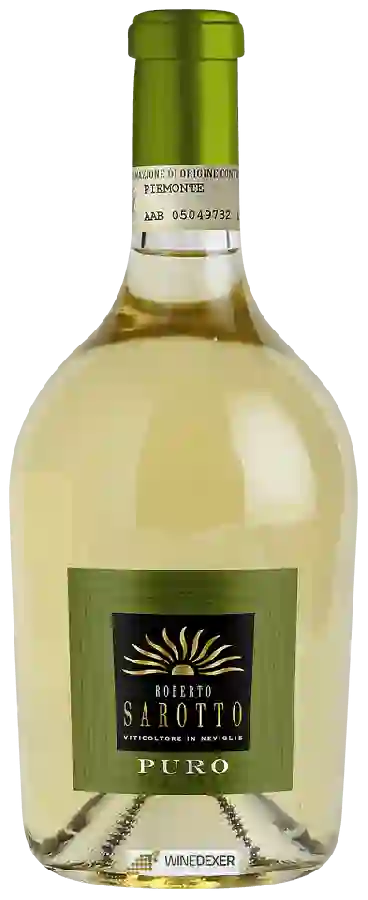
Winery Roberto SarottoPuro
In the mouth this white wine is a powerful.
This wine generally goes well with lean fish, shellfish or mature and hard cheese.
Taste structure of the Puro from the Winery Roberto Sarotto
Light | Bold | |
Dry | Sweet | |
Soft | Acidic |
In the mouth the Puro of Winery Roberto Sarotto in the region of Piedmont is a powerful.
Wine flavors and olphactive analysis
On the nose the Puro of Winery Roberto Sarotto in the region of Piedmont often reveals types of flavors of non oak, earth or microbio and sometimes also flavors of oak, tree fruit or spices.
Food and wine pairings with Puro
Pairings that work perfectly with Puro
Original food and wine pairings with Puro
The Puro of Winery Roberto Sarotto matches generally quite well with dishes of pasta, shellfish or mature and hard cheese such as recipes of leek pie, grilled lobster with tarragon cream sauce or magic wrap with steak and cheese.
Details and technical informations about Winery Roberto Sarotto's Puro.
Discover the grape variety: Sangiovese
Originally from Italy, it is the famous Sangiovese of Tuscany producing the famous wines of Brunello de Montalcino and Chianti. This variety is registered in the Official Catalogue of Wine Grape Varieties, list A1. According to recent genetic analysis, it is the result of a natural cross between the almost unknown Calabrese di Montenuovo (mother) and Ciliegiolo (father).
Last vintages of this wine
The best vintages of Puro from Winery Roberto Sarotto are 2019, 2018, 2015, 2017 and 0.
Informations about the Winery Roberto Sarotto
The Winery Roberto Sarotto is one of of the world's greatest estates. It offers 99 wines for sale in the of Piedmont to come and discover on site or to buy online.
The wine region of Piedmont
Piedmont (Piemonte) holds an unrivalled place among the world's finest wine regions. Located in northwestern Italy, it is home to more DOCG wines than any other Italian region, including such well-known and respected names as Barolo, Barbaresco and Barbera d'Asti. Though famous for its Austere, Tannic, Floral">floral reds made from Nebbiolo, Piedmont's biggest success story in the past decade has been Moscato d'Asti, a Sweet, Sparkling white wine. Piedmont Lies, as its name suggests, at the foot of the Western Alps, which encircle its northern and western sides and form its naturally formidable border with Provence, France.
The word of the wine: Rough
Wine without finesse with rough tannins.














